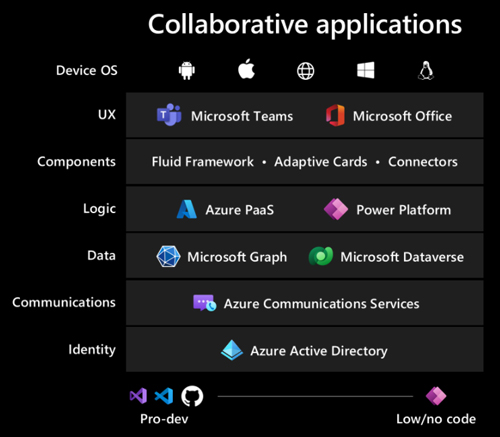News
Microsoft Teams and Salesforce Get Integrated App
- By Kurt Mackie
- July 09, 2021
Microsoft this week announced the general availability of the Salesforce for Microsoft Teams app, which can be used by Salesforce CRM service licensees who are also Teams collaboration service licensees.
Specifically, the app is for "Salesforce customers with Sales and Service licenses in Enterprise, or higher editions," per the app's description. Licensees can leverage the app's integration to see Salesforce CRM records within Teams "channels, chat conversations and meetings." Also, starting next summer, it'll be possible to use Salesforce "Custom Objects" in Teams.
Licensees can pin Salesforce CRM records in Teams channels and edit those records within Teams. The integration afforded by the app also lets Teams users post conversational snippets from the Salesforce Chatter feed. There's also calendar integration, "starting in summer '21," for organizations using Salesforce's Sales Cloud Unlimited edition.
The free Salesforce for Microsoft Teams app, housed in Microsoft's AppSource partner app store, can be added by IT pros from the Teams Admin Center management portal.
Microsoft's announcement noted that the integration enabled by the Salesforce for Microsoft Teams app "received a high volume of interest while in pilot." Microsoft also touted the app as an example of so-called "collaborative apps." Collaborative apps are conceived as being optimal for "hybrid work" scenarios. They enable so-called "synchronous and asynchronous working styles," according to Microsoft.
Microsoft made as splash about collaborative applications during its Build developer event back in May. These apps, enabling interactive collaborations on the fly, use the Fluid Framework, which was described early on by Microsoft as tapping existing solutions, such as the Microsoft Graph, the SharePoint Framework and Office add-ins.
A diagram in this May Microsoft article showed collaborative apps as tapping not just the Fluid Framework, but multiple Microsoft solutions. Moreover, they work across various operating system platforms:
 [Click on image for larger view.] Diagram showing collaborative application technology dependencies (source: May 25, 2021 Microsoft 365 blog post).
[Click on image for larger view.] Diagram showing collaborative application technology dependencies (source: May 25, 2021 Microsoft 365 blog post).
Per the diagram, the Fluid Framework just provides components for the collaborative apps, which also use Teams and Microsoft Office user interfaces. Data support is provided by the Microsoft Graph and Microsoft Dataverse. The Azure Active Directory service provides identity and access capabilities.
About the Author
Kurt Mackie is senior news producer for 1105 Media's Converge360 group.